Connecting Patients to Dermatology Experts Anytime, Anywhere
In today's fast-paced world, managing skin health efficiently and conveniently is more important than ever. Telehealth, especially in the field of dermatology, has emerged as a powerful solution that delivers quick, accessible, and effective skin care advice from the comfort of one's home. This article explores how virtual dermatology services are transforming skin health management, their benefits, how they work, and what features make them a vital part of modern healthcare.
How Telehealth Provides Quick Access to Skin Health Advice

How does telehealth provide quick access to skin health advice?
Telehealth offers a rapid and convenient way for patients to seek dermatological care without needing to visit a clinic in person. Through digital platforms such as secure messaging, online forms, or live video consultations, patients can immediately connect with licensed dermatologists or nurse practitioners.
Services like Doctor On Demand and Miiskin enable users to upload photos and submit medical history beforehand, allowing providers to review information before or during a virtual visit. This approach speeds up the diagnostic process and reduces the wait times common in traditional healthcare settings.
Many telehealth providers promise diagnoses, treatment plans, and prescriptions within a short time frame—often within 24 hours. In some cases, patients can even schedule same-day appointments, making urgent skin issues addressable quickly.
The elimination of travel and waiting room delays significantly cuts down the time needed to obtain professional advice. Patients can do this from the comfort of their home or workplace.
Furthermore, telehealth platforms are accessible 24/7, which means advice is available at any time, even outside traditional office hours. This flexibility helps especially those living in remote areas or with busy schedules.
Overall, telehealth enhances the speed and efficiency of skin health management, ensuring faster relief and ongoing care for various skin conditions.
Benefits and Efficiency of Virtual Dermatology Services

What are the benefits of virtual dermatology consultations?
Virtual dermatology consultations offer numerous advantages that significantly improve the patient experience and healthcare outcomes. One of the main benefits is increased accessibility. Patients living in rural or underserved areas can receive expert dermatological care without the need for long-distance travel. This convenience helps patients seek timely advice for skin conditions such as acne, eczema, psoriasis, or shingles.
The virtual approach also facilitates early detection and management of potential skin problems, including more serious issues like skin cancer. Through high-resolution images and real-time video consultations, dermatologists can accurately diagnose conditions and develop effective treatment plans. This process often yields outcomes comparable to traditional in-person visits.
Another significant advantage is enhanced patient satisfaction. Telehealth allows for flexible scheduling, enabling patients to consult from their homes or workplaces at times that suit them. Follow-up care, crucial for chronic conditions, becomes more manageable, promoting better disease management.
Cost savings are an important factor as well. By reducing the need for travel and minimizing time off work, virtual dermatology services lower overall healthcare expenses. During health crises like pandemics, telehealth also reduces infection risks and supports ongoing care without physical contact.
Furthermore, these platforms create educational opportunities for continuous learning and research, expanding the reach of dermatological expertise. Quicker triage of urgent cases is possible, ensuring that critical conditions receive prompt attention.
In summary, virtual dermatology delivers accessible, timely, and cost-effective care, leading to improved patient engagement and health outcomes.
The Process and Workflow of Teledermatology Services

Image submission and medical history
Teledermatology services begin with patients or primary care providers capturing detailed images of skin concerns using smartphones or digital cameras. These images are often high-resolution and may include dermoscopic attachments for clearer visibility of skin features. Patients submit these photos along with comprehensive medical histories, current symptoms, and specific questionnaires through secure platforms like Miiskin or Doctor On Demand. The platform’s user-friendly design ensures that submitting information is straightforward while maintaining privacy.
Assessment and diagnosis
Once the images and information are received, dermatologists review the submitted material asynchronously. They analyze the visuals, ask follow-up questions if needed, and may examine the skin through live video consultations. Based on this assessment, a diagnosis is made, and a personalized treatment plan is created. This can include prescribing medications, recommending lifestyle changes, or suggesting further tests. AI technology is also being integrated into some platforms to speed up diagnoses, especially for common conditions like acne.
Follow-up care
Follow-up is a vital part of teledermatology, allowing ongoing monitoring of skin conditions without repeated in-person visits. Patients can upload new images or communicate via secure messaging. Providers review progress, modify treatments, or recommend additional care as needed. Many services, including Doctor On Demand, and Miiskin, emphasize continuous care with scheduled virtual check-ins, enhancing treatment efficacy and ensuring skin health improvement over time.
| Step | Description | Tools & Features |
|---|---|---|
| Image & info submission | Upload high-res photos, symptoms, history | Mobile apps, secure messaging, questionnaires |
| Remote assessment & diagnosis | Evaluate images, conduct video exams, determine condition | Video consultations, AI analysis (in some cases) |
| Follow-up & ongoing care | Monitor condition, adjust treatment, answer questions | Secure messaging, scheduled virtual visits |
This structured workflow allows for quick, accessible, and effective dermatological care that can reach patients regardless of their location, ensuring timely treatment and consistent health management.
Conditions Effectively Managed Through Teledermatology
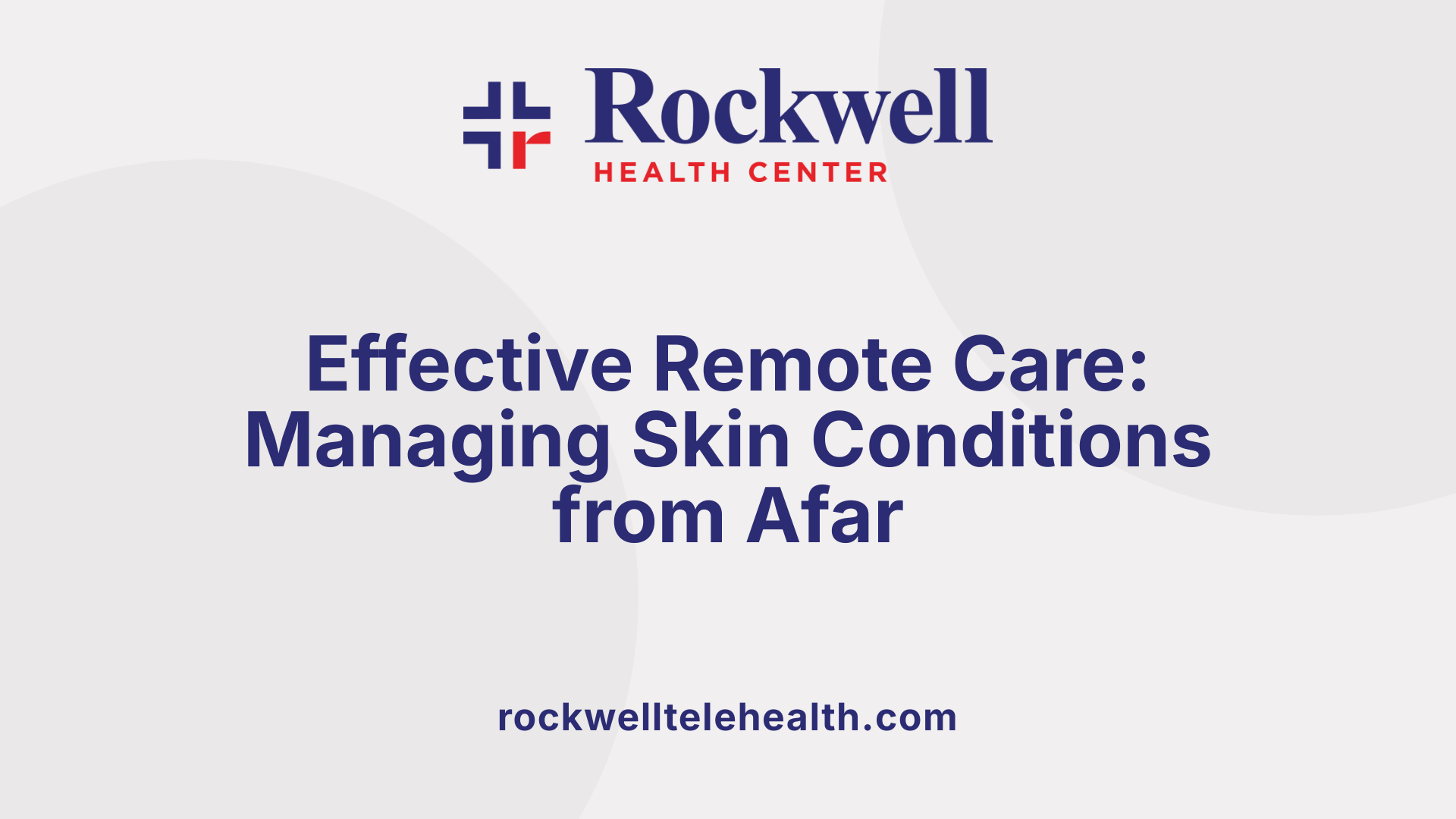
What skin conditions can be effectively managed through teledermatology?
Teledermatology has proven to be a valuable resource for managing a broad spectrum of skin issues remotely. Conditions like acne, eczema, psoriasis, and rashes such as allergic reactions—including hives and poison ivy—are frequently diagnosed and treated through virtual platforms. Patients can also get assistance with various infections like impetigo, shingles, warts, cold sores, yeast infections, and fungal issues.
In addition to inflammatory and infectious conditions, teledermatology is used to monitor chronic skin changes such as vitiligo, melasma, and signs of skin aging, alongside nail and hair loss conditions. Evaluation of pigmented lesions, moles, and skin cancers like melanoma are also feasible via high-quality images and consultations. This approach allows for early detection and ongoing management without the need for in-person visits.
While many dermatological issues are well-suited to remote care, some cases require in-office procedures. Suspicious or potentially malignant lesions often need biopsy or surgical intervention, which cannot be performed virtually. Nonetheless, telehealth provides a practical and accessible solution for ongoing care, follow-up, and initial consultations for a wide array of skin, hair, and nail conditions.
Enhancing Access to Dermatology Care and Features of Teledermatology Services

How does telehealth improve access to dermatology care?
Telehealth has significantly expanded access to dermatology services by removing many traditional barriers. Patients living in remote or underserved areas now have the opportunity to consult with board-certified dermatologists without traveling long distances. Virtual platforms facilitate real-time video consultations, as well as store-and-forward methods where patients upload photos for later review.
This technological shift reduces wait times, making it easier for patients to schedule appointments quickly—often within minutes—at any time of day or night, thanks to 24/7 availability. Additionally, telehealth services support early diagnosis and ongoing management of skin conditions such as eczema, psoriasis, and skin cancers, leading to better health outcomes.
Studies show that teledermatology decreases the number of in-person visits and shortens waiting periods, thus improving efficiency and patient satisfaction. It also enhances healthcare equity by offering cost-effective treatment options and timely specialist care, especially vital during health crises or for individuals with mobility issues. Overall, telehealth makes dermatology more accessible, convenient, and capable of reaching diverse patient populations.
Virtual consultation options
Patients can choose between different virtual consultation methods to suit their needs. Live video sessions enable real-time interaction with dermatologists, during which physicians can ask questions, review submitted photos, and examine the skin via video if needed.
Store-and-forward models allow patients to upload high-resolution images ahead of scheduled visits. This asynchronous approach is useful for review and diagnosis, particularly in areas with limited internet connectivity. Hybrid models combine real-time video with photo submissions to maximize flexibility.
These options provide a seamless and efficient experience, ensuring that patients receive personalized, prompt care from the comfort of their homes, without the need for in-office visits.
Features like image security and integrated EHR
A crucial aspect of teledermatology is maintaining patient privacy and data security. Platforms like Doctor On Demand and Miiskin implement secure, encrypted systems to protect sensitive medical information and images.
Furthermore, integrated electronic health records (EHR) streamline patient data management. Providers can access previous medical history, prescriptions, and treatment notes during virtual consultations, facilitating accurate diagnoses and consistent care.
This integration ensures that all relevant health information is readily available, supports better clinical decision-making, and allows for easy follow-up, enhancing overall treatment quality.
| Feature | Description | Benefits |
|---|---|---|
| Geographical barrier removal | Telehealth allows rural and remote populations to access dermatology services | Expands access and reduces travel costs |
| Virtual consultation types | Includes live video, store-and-forward, hybrid options | Offers flexibility and tailored care options |
| Data security & privacy | Uses encrypted platforms to protect sensitive images and information | Ensures patient confidentiality and trust |
| EHR integration | Digital records accessible during consultations | Streamlines care, improves accuracy |
Through these versatile features, teledermatology continues to transform dermatology care, making it more accessible, efficient, and responsive to patient needs.
The Future of Skin Care Is Remote and Rapid
Telehealth’s advancements in dermatology are revolutionizing skin care by providing rapid, convenient, and accessible services. With features like high-resolution image sharing, real-time consultations, and secure data management, teledermatology ensures timely diagnosis and treatment for a variety of skin conditions. As technology continues to evolve, so too will the capabilities of virtual dermatology, making expert care more universally accessible and efficient. Embracing telehealth not only benefits patients by offering flexibility and immediacy but also empowers dermatologists to deliver high-quality care regardless of location. The future of skin health management is undoubtedly digital, and telehealth stands at the forefront of this transformation.
References
- Skin Care Virtual Visits - See an Online ...
- Virtual Dermatology - Fast Pace Health
- From Skin Monitoring to Online Dermatology
- How Telehealth Works for Dermatology Care - Doctronic
- The Benefits Of Dermatology Telehealth
- Applications of Telemedicine in Dermatology - PMC
- Teledermatology: What is It? Benefits of Virtual Dermatologist
- What is virtual dermatology? And how does it work?
- The Benefits Of Dermatology Telehealth
- Teledermatology | UConn Health














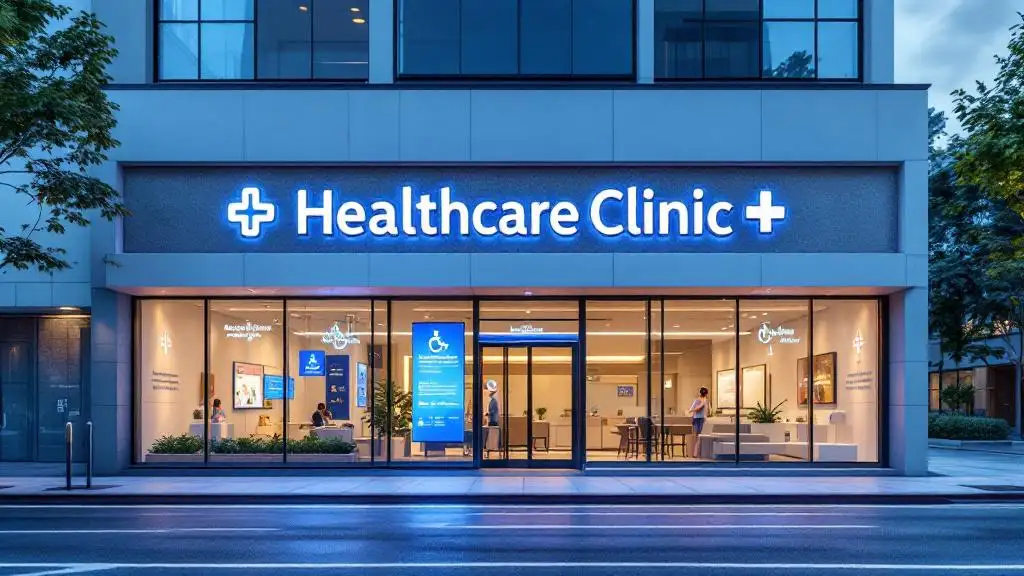





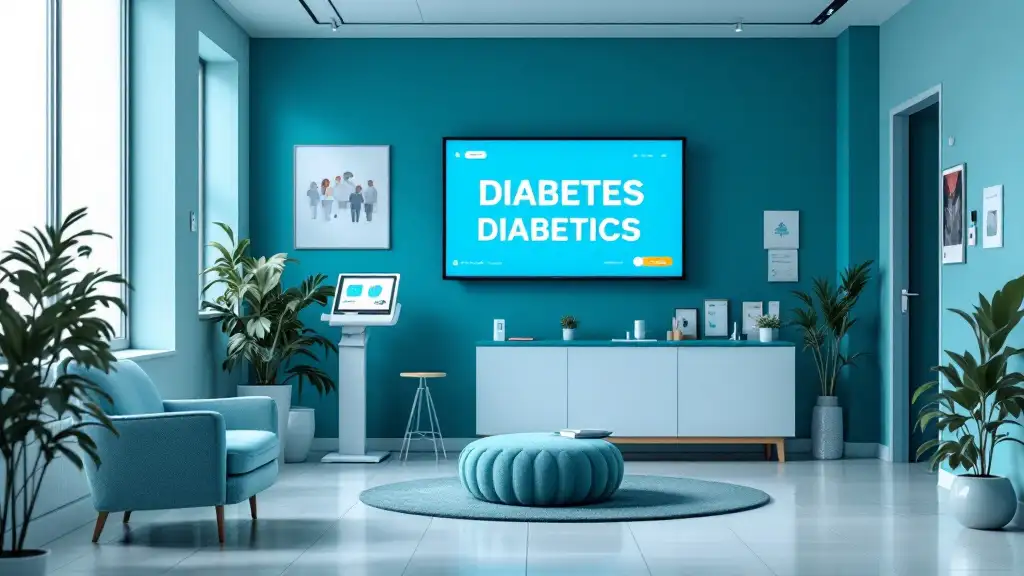
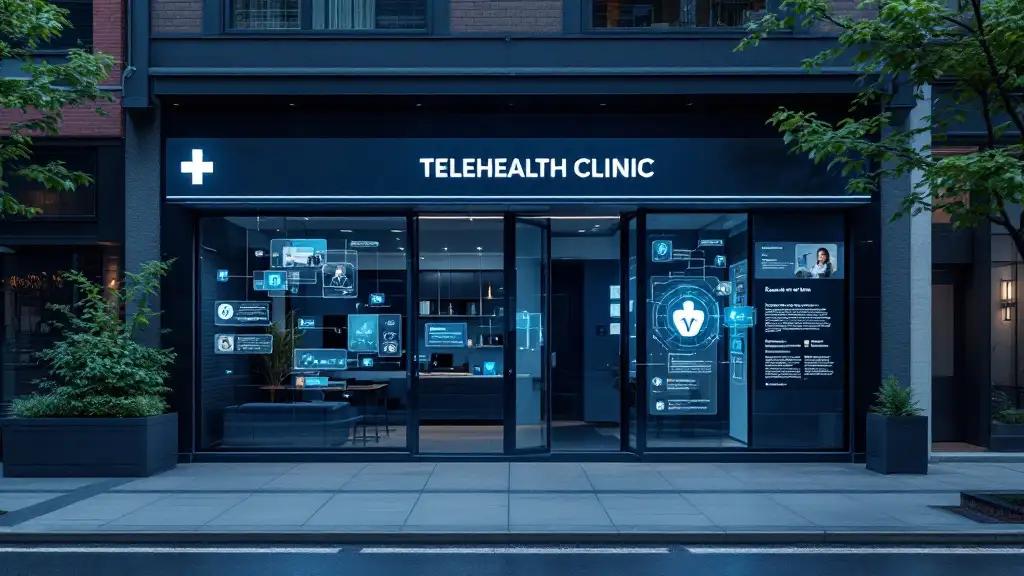












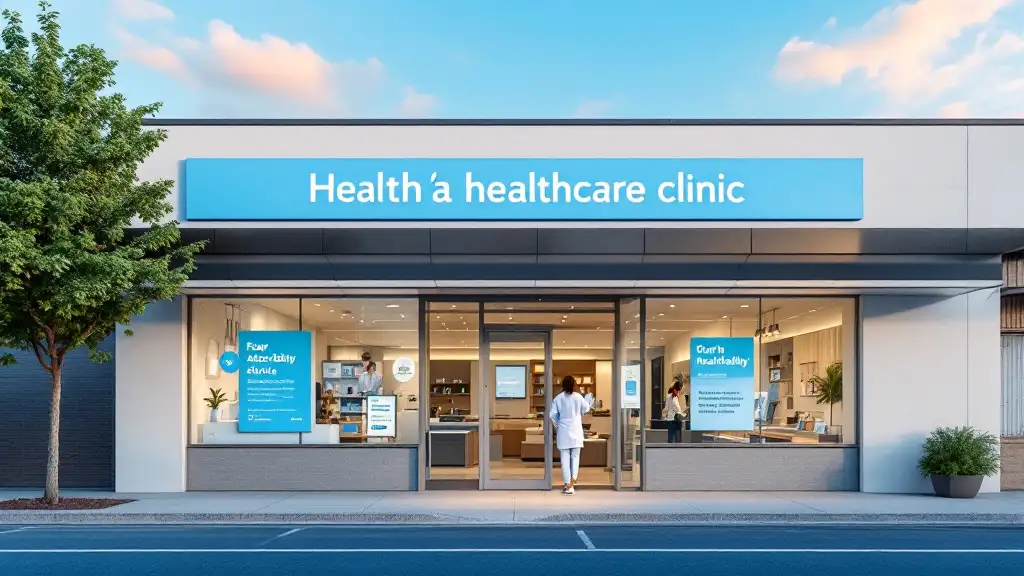











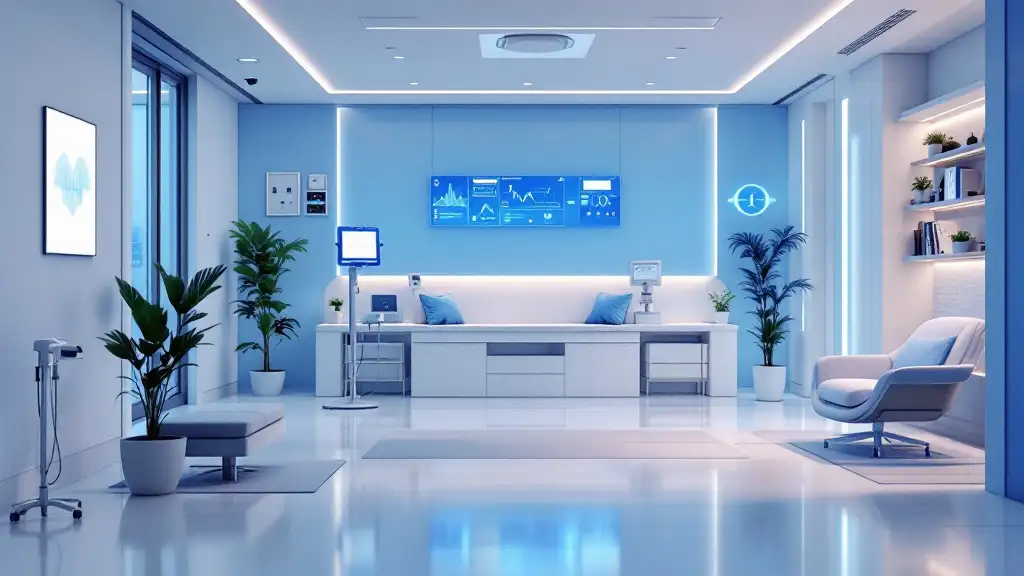







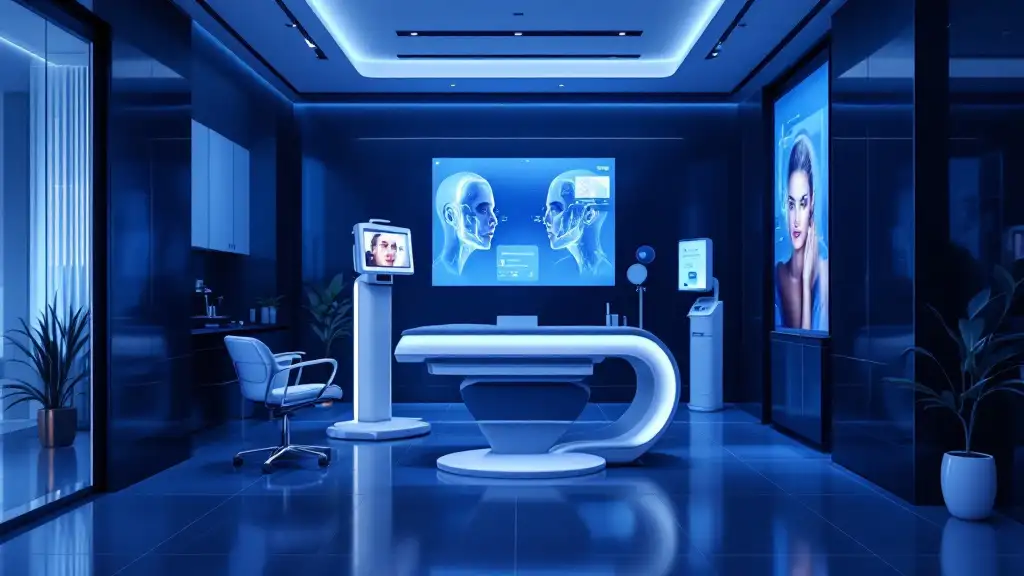









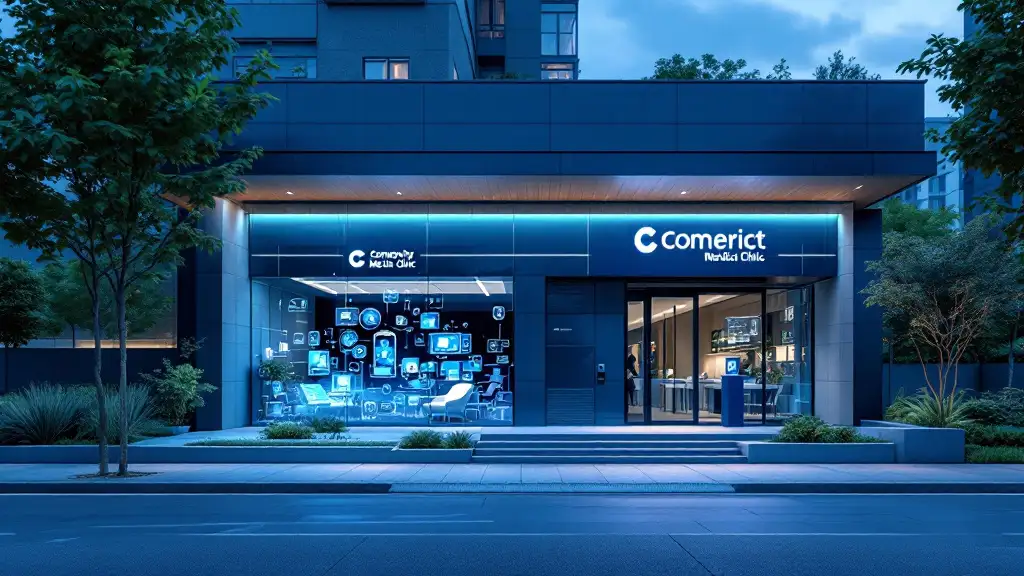




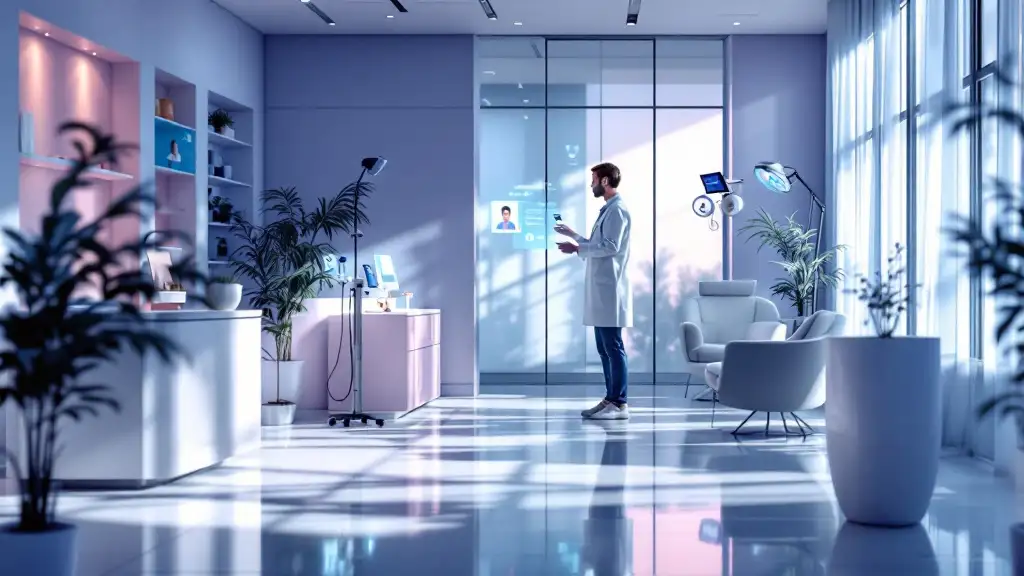













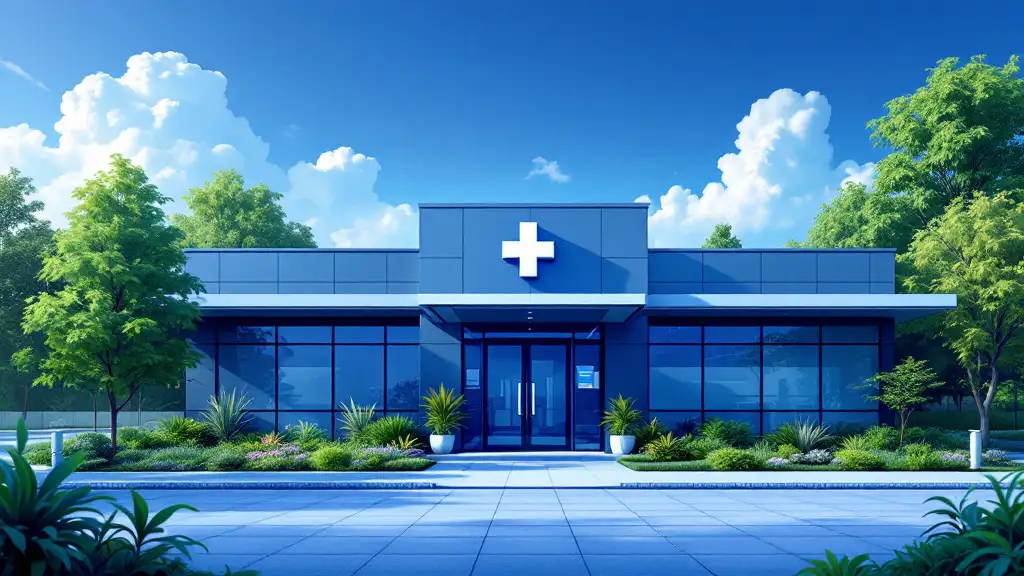




.png)